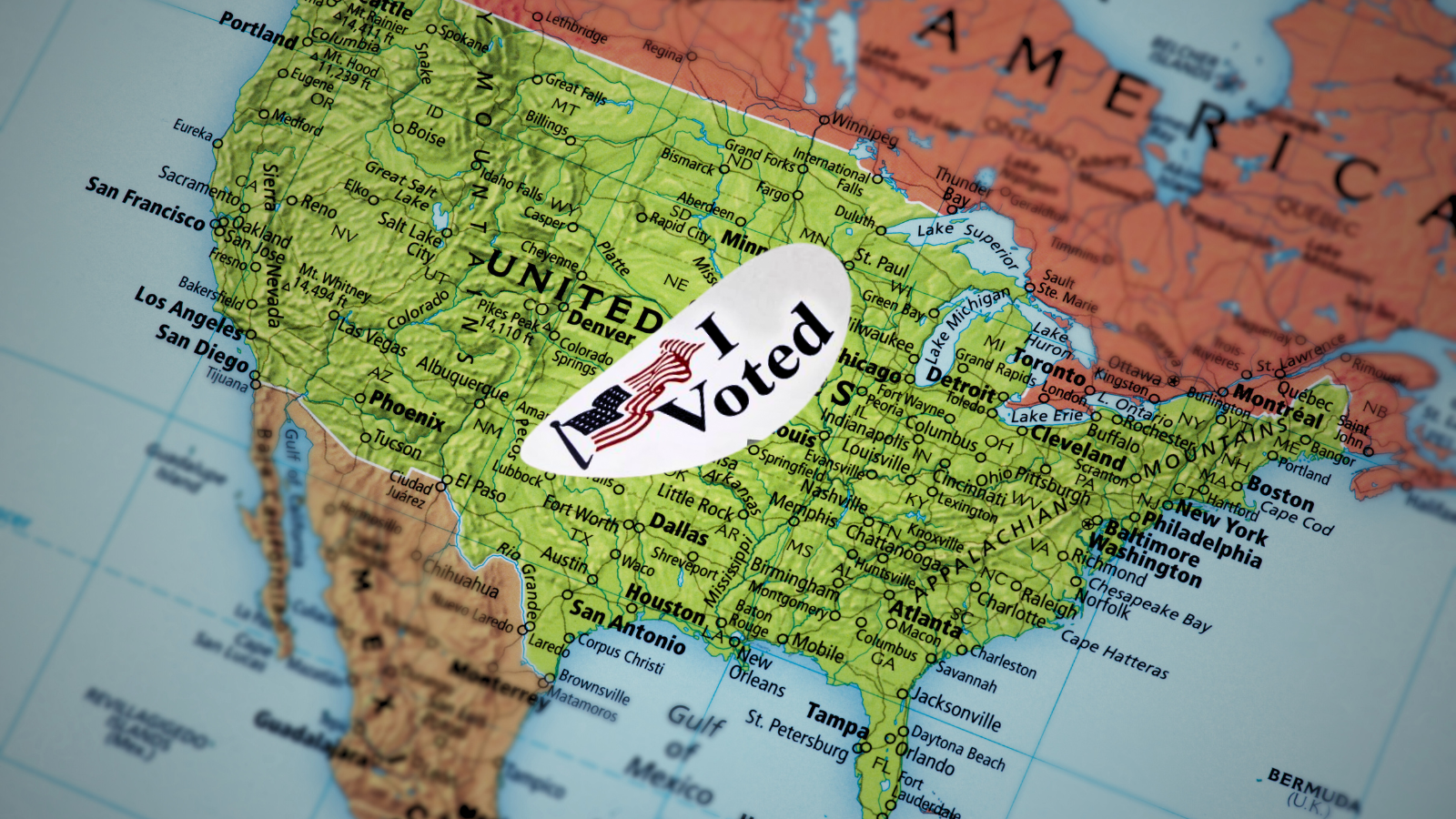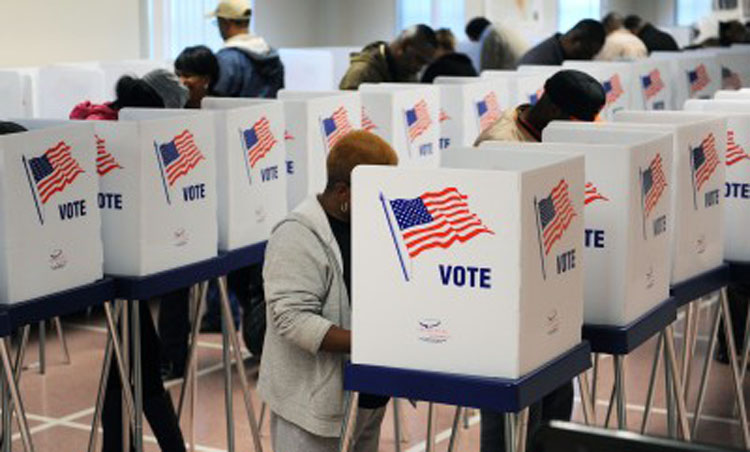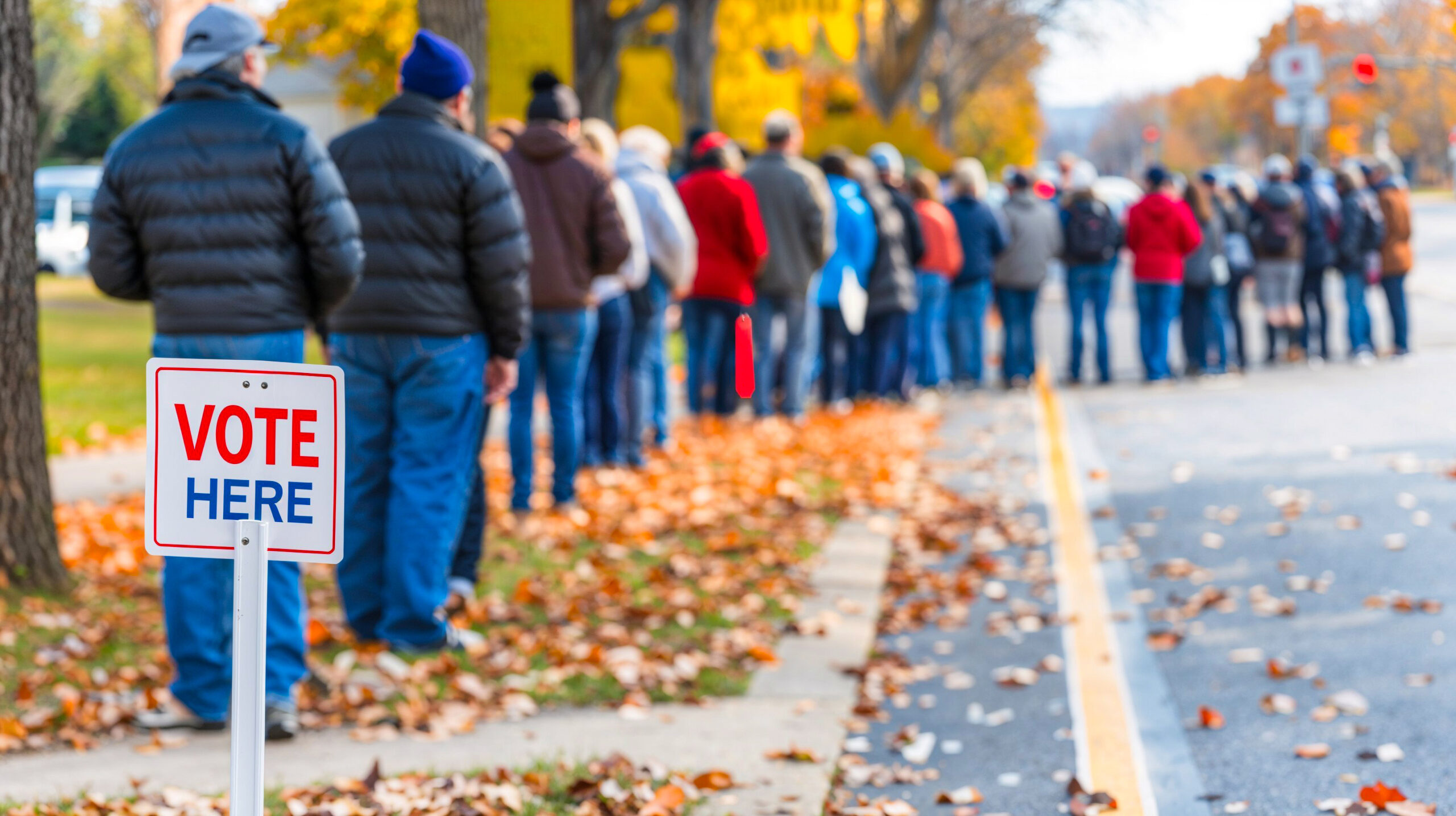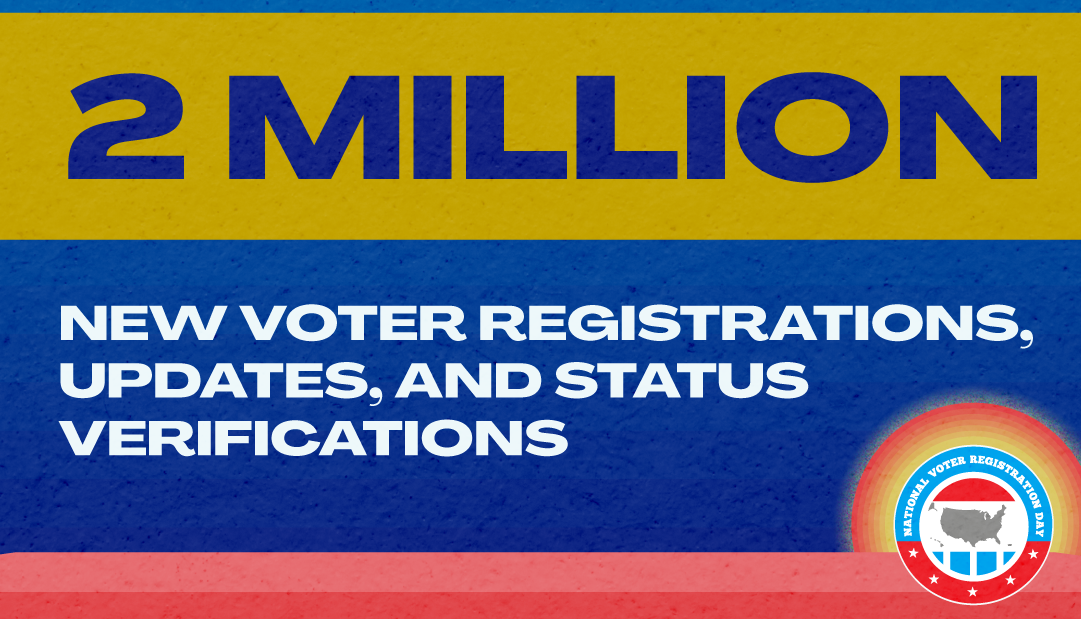It’s been one month since a national emergency was declared in response to the spread of COVID-19. This has brought huge changes to the daily lives of most Americans as events were cancelled, schools and businesses closed, and we were asked to stay home to save lives. The nonprofit sector has had to adapt quickly to remote operations and finding ways to provide services safely at a distance. Between a 24-hour news cycle filled with frightening figures and projections and navigating applying for relief from the CARES Act, it can be difficult for nonprofits to step back and look at the impacts the virus has had, and will continue to have, on the civic health of our communities and our ability to shape it. Reflecting on the last several weeks and looking forward at the next six months, we want to share the following thoughts with you:
What’s changed?
Nonprofits are stepping up as the need is greater than ever. In a recent blog posted by Feeding America, a San Antonio school community coordinator describes how their local food bank instituted a drive-thru model to safely provide food for children and their families. “On the first day, there were lines and lines of cars. So many, in fact, that we ran out of food. The need had grown tremendously.” Nonprofits are also adjusting their strategies for delivering services and leveraging their communities to help keep people healthy. The Coalition on Homelessness and Housing in Ohio’s “Maskateer Brigade” is rallying churches and hobbyists to make and collect facemasks, gloves, and other personal protective equipment to distribute to shelter residents and staff. Community health centers and workers are on the frontlines and “have pivoted to meet the pandemic in a matter of weeks, converting their facilities, launching testing sites and… working hard to divert people suffering from milder effects of the virus from overwhelming hospitals.” We know your nonprofit may be feeling the stretch of increased demand and can likely use extra support adapting your voter engagement strategies to the new realities.
Voter engagement is moving from field to digital. Organizers and campaigns are scrambling to switch from robust field plans that included canvassing and in-person events to an online-first strategy for reaching voters. Social media campaigns, virtual meetings and events, and text messaging will all play a big role in registering, educating, and turning out voters. “Old school” strategies like mailers and phone banking may play a bigger role in 2020 outreach as well. Nonprofit VOTE is updating our resource library, including new fact sheets and webinars, to help your organization integrate a voter engagement strategy that works for your staff, your tech capacity, and your audience.
Election rules, and dates, are in flux. COVID-19 struck during the 2020 Census and presidential primary election season, and will impact the general election in November as well. To date, 16 states have changed the date of their primary election. You can check your state’s primary date on this page that we’re updating weekly. Changes are happening around election laws, too. North Carolina is now allowing eligible voters with a state issued ID or license to register or update their registration online. Many states are considering expanding absentee ballot access, by either relaxing excuse requirements, mailing out ballot request forms, or automatically mailing registered voters their ballot. On April 23, we’re hosting a webinar about the expansion of voting by mail and the $400 million in CARES Act funding for adapting elections to the new COVID realities.
What’s stayed the same?
Nonprofits can reach voters that no one else can. While digital tools are an effective replacement for some field work, many eligible voters in your community may have limited or no internet access. And campaigns will still primarily focus on likely voters, leaving those who have not participated recently behind. As such, it’s imperative that nonprofits continue to engage the communities they serve both online and in-person. Nonprofits can use both digital and modified traditional strategies, like a frequently sanitized registration kiosk in waiting rooms or voter education leaflets in supply deliveries, to reach voters that campaigns will miss.
Nonprofits are trusted, nonpartisan messengers. Political parties may differ on measures to make elections accessible and secure, and in some states the back-and-forth creates confusion about when and how to vote. But nonprofits have deep and trusting relationships within your neighborhoods that make you ideal messengers. Providing accurate, easy to understand, and relevant information about upcoming elections to the people you serve is a completely nonpartisan way to promote democracy and serve your community.
We’re here to help!
At Nonprofit VOTE we are updating our resource library, following changes to election policies, working with experts on our webinar series, and providing support to nonprofits large and small that heed the call to engage the people they serve as voters.




